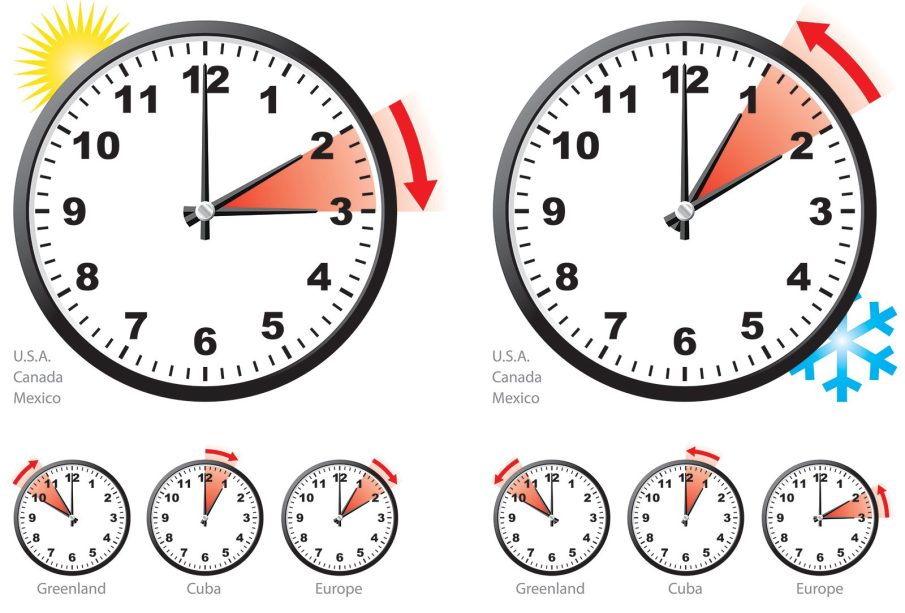Understanding Daylight Saving Time Clocks This Fall

Introduction to Daylight Saving Time
Daylight Saving Time (DST) is a practice used in many countries across the globe, including Canada, aimed at making better use of daylight during the longer days of summer. The shift of the clock forward in spring and backward in autumn helps to extend evening daylight, thereby influencing energy consumption, recreational activities, and various sectors of the economy. As we approach the transition back to standard time in November 2023, it’s essential to understand its implications and historical context.
Changes Coming in November 2023
This year, the clock change will occur on Sunday, November 5, at 2:00 AM local standard time, when clocks will move back one hour. This transition marks the end of DST, a practice that many question as we navigate modern lifestyles. The idea of using DST began during World War I as a way to conserve fuel, but its relevance continues to be debated today.
The Impact and Controversy
Despite its intended benefits, the practice of Daylight Saving Time has faced increasing scrutiny. Critics argue that the health risks associated with the adjustment, such as sleep disruptions and increased heart attack risks, outweigh its advantages. Furthermore, studies indicate limited energy savings in today’s technology-driven society, leading some provinces, like British Columbia, to explore options for eliminating the time change altogether.
What It Means for Canadians
The time shift affects various aspects of daily life for Canadians, from transportation schedules to business operations. It’s important for individuals and organizations to plan ahead for changes in lighting and scheduling. For instance, students may require adjustments in their wake-up times, while businesses that rely on foot traffic may adjust closing times to accommodate shifts in daylight.
Conclusion: The Future of Daylight Saving Time
As we adjust our clocks back this fall, it provides an opportunity to reflect on the relevance of Daylight Saving Time and consider its future. With ongoing discussions around its efficacy, some provinces are advocating for a permanent shift to standard time, potentially eliminating the twice-annually adjustment. For Canadians, staying informed and prepared for these changes is essential as society navigates the complexities of time management in modern life.









